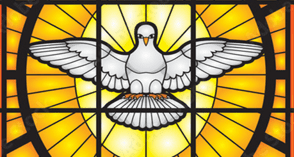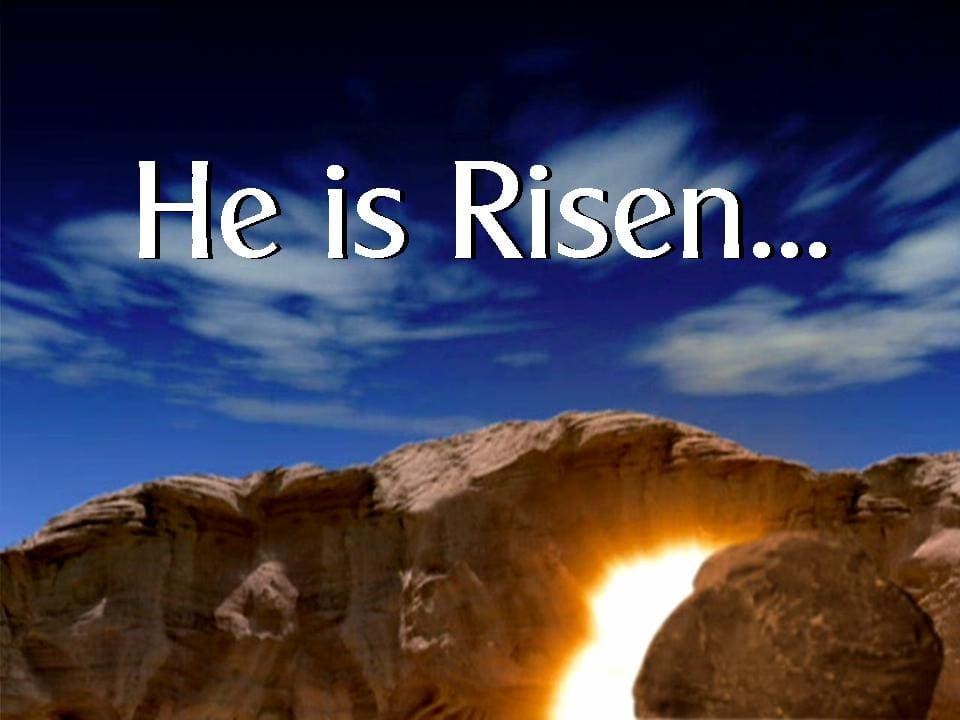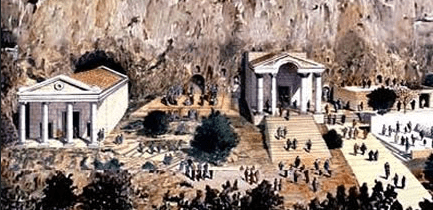The Lord spoke to Moses and Aaron in the land of Egypt and said, on the tenth of this month, every man shall take for himself an unblemished lamb, a male, of the first year, and keep it until the fourteenth day of the month. Then the whole congregation of Israel shall kill it at twilight, take some of its blood, and put it on the two doorposts and on the lintel of the houses, for I will pass through the land of Egypt on that night and strike all the firstborn in the land of Egypt, both man and beast. The blood shall be a sign for you on the houses where you are, for when I see the blood, I will pass over you, and the plague shall not be on you to destroy you when I strike the land of Egypt.
If Jesus was the Lamb of God who would take away the world’s sin, He had to have been spotless and without blemish, and He was. If Jesus was, as the Apostle Paul said in 1 Corinthians 5:7, “Our Passover Lamb,” He had to have fulfilled the pattern of the Law to the fullest, and He did, for at the same time the Priests were sacrificing the Passover lambs for the people, commemorating God’s deliverance of their forefathers from Egypt, God was sacrificing His Lamb to deliver us from our sins.
Therefore, Jesus was crucified at 3:00 PM on a Wednesday, the 13th of Nisan, for the observance of Passover began at 6:00 PM, and continued through late Saturday. Jesus was in the tomb three days and three nights, just as He said He would be, and He arose from the grave sometime after 6:00 PM on Saturday, which began the first day of the week.
Now, why is this specific date so important? We will explain that in our next sermon in the series, “Jesus’ Journey to Jerusalem.” The title of this sermon is, “From Gethsemane to Golgotha.”
Thank you for forwarding these sermon study guides to those you think might be interested. We are encouraged by the response we’ve received from viewers worldwide.






